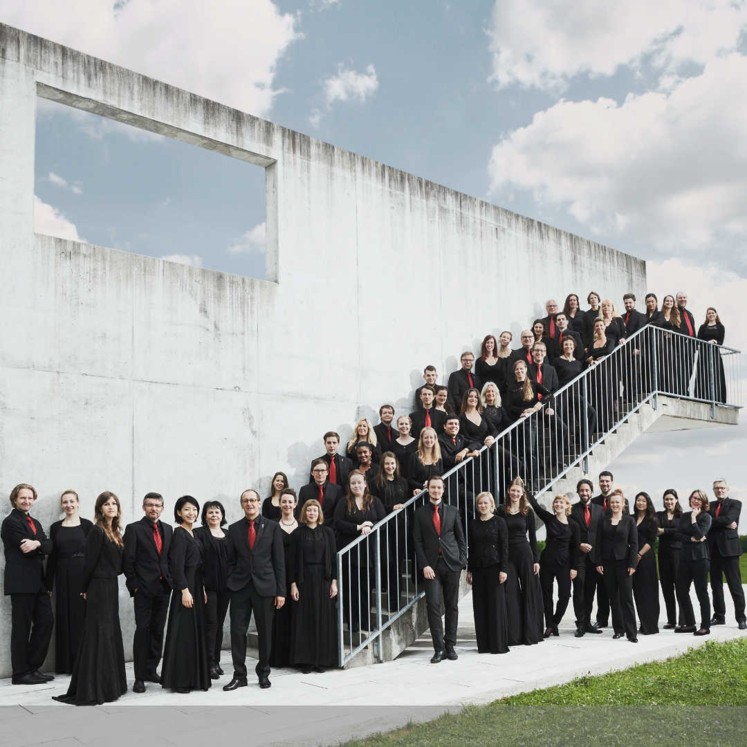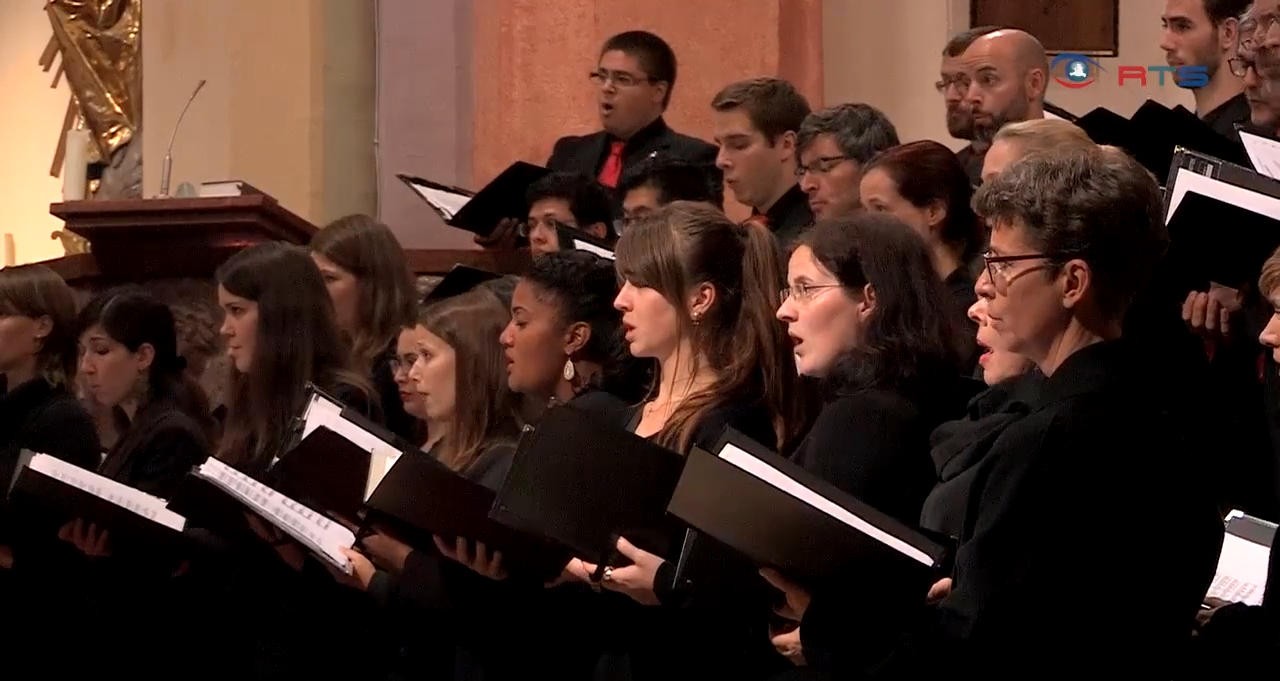
Bruckner expressly considered himself to be „a symphonic composer“, and strived to be recognised as such, but until the middle of the 1880s, when the success of the 7th Symphony finally led to an increased interest in his symphonic works, he was regarded in the eyes of the public primarily as a composer of successful sacred works. These included not only the great masses and the Te Deum, but also a multitude of shorter liturgical pieces. The Bach Choir Salzburg devotes itself to this literature in its all-Bruckner programme, performing not only popular motets like the Ave Maria, Locus iste or Christus factus est, but also several unfamiliar pieces which deserve to be better known.
Anton Bruckner (1824–1896)
Prelude and Fugue in C minor for Organ, WAB 131 (1847)
Aequale in C minor WAB 114 (1847)
Locus iste. Gradual in C major, WAB 23 (1869)
Prelude („Perger Präludium“) in C major, WAB 129 (1884)
Tota pulchra es Maria. Phrygian Litany, WAB 46 (1878)
Afferentur regi virgines post eam. Offertory in F major, WAB 1 (1861)
Ave Maria. Offertory in F major, WAB 6 (1861)
Ave Maria in F major, WAB 7 (1882)
Virga Jesse floruit. Gradual in E minor, WAB 52 (1885)
Dir, Herr, dir will ich mich ergeben. Chorale in A major, WAB 12 (between 1858 and 1868)
„O du liebes Jesu Kind“ in F major, WAB 145 (um 1845)
„Du bist wie eine Blume“ F major, WAB 64 (1861)
Robert Kovács (* 1976)
Organ improvisation on a Theme by Anton Bruckner
Anton Bruckner
Os justi. Lydian Gradual, WAB 30 (1879)
Vexilla regis. Phrygian Hymn, WAB 51 (1892)
Christus factus est (III). Gradual in D minor, WAB 11 (1884)
Aequale in C minor, WAB 149 (1847)
Fugue in D minor, WAB 125 (1861)
114. Psalm („Alleluja! Liebe erfüllt mich“) in G major, WAB 36 (1852)
Bachchor Salzburg
Robert Kovács | Organ
Johannes Fuchshuber | Trombone
Stefan Konzett | Trombone
Dušan Kranjc | Trombone
Alois Glaßner | Direction
